Aspen’s Geospatial Sciences Team Improves Project Workflows with Enhanced Aerial Imagery
At Aspen Environmental Group, we’re continually improving our technology to provide more precise and actionable data for our clients’ projects. One of the ways we’re doing this is through the use of enhanced aerial imagery, including our own custom Unmanned Aerial Vehicle (UAV) drone flights, which allow us to capture high-quality, current data for specific project needs. Below is a breakdown of the three types of aerial imagery we use and their benefits:
Esri/Google Earth Imagery
Accessibility: Freely available data.
Strengths: Provides general landscape information.
Limitations:
Lacks the detail required for complex projects.
Spatial and temporal accuracy may not meet in-depth analysis needs.
Usage: Suitable for high-level work or when no recent/higher-quality data is available.
Commercial Off-the-shelf Imagery (NearMap, etc.)
Provider: A third-party aerial imagery service.
Access:
Available via a one-time, monthly or annual subscription.
Provides high-resolution, frequently updated imagery.
Strengths:
Offers more precise visuals than free sources.
Enhances reports and project maps.
Limitations:
Limited customization in location, timing, or spatial accuracy.
Limited to the frequency and location of contracted scheduled flights.
Usage:
Widely used for infrastructure projects.
Supports geospatial analyses with enhanced visuals and modeling.
Custom Drone Imagery (Skydio 2+)
Technology:
High-resolution imagery captured with the Skydio 2+ drone.
Customized flight missions tailored to project needs.
Recent Example:
Conducted a custom flight over a project near I-5.
Captured imagery at a specific altitude for precise coverage.
Advantages:
High-resolution detail, revealing ground features not visible in Esri/Google Earth or Commercial imagery.
Provides targeted, up-to-date, and geographically specific data.
Applications:
Enhances project analyses.
Supports client discussions.
Assists in regulatory reporting.
By leveraging these detailed visuals, we can streamline workflows, improve accuracy, and ultimately create efficiencies that benefit both project timelines and budgets. The Geospatial Sciences Group is here to support your projects and is available to discuss how enhanced aerial imagery can meet your project needs.


